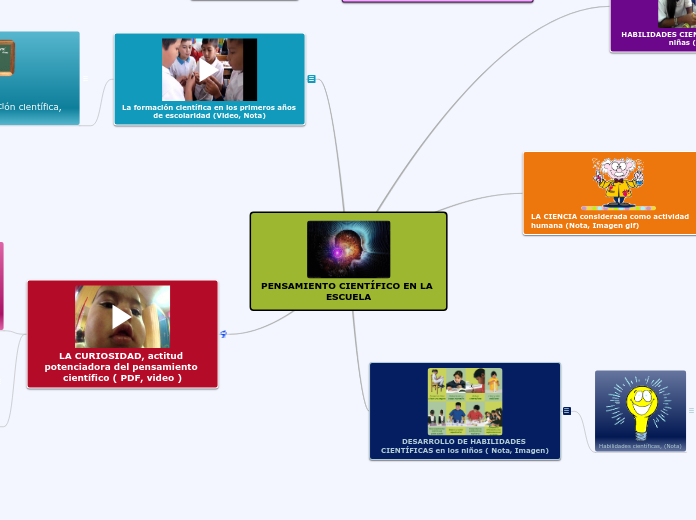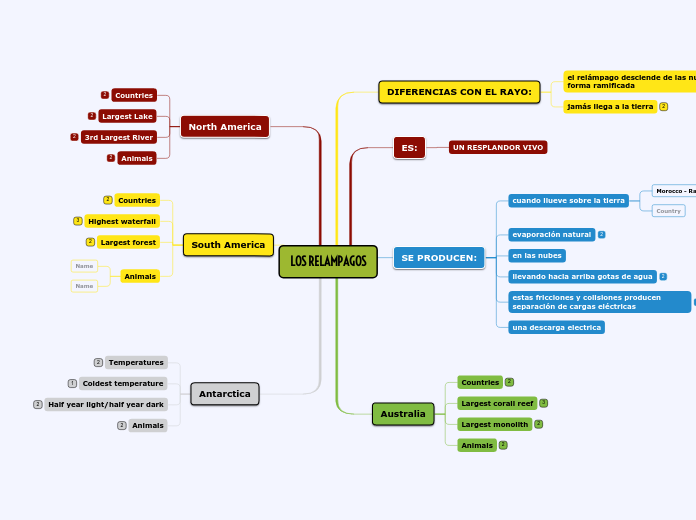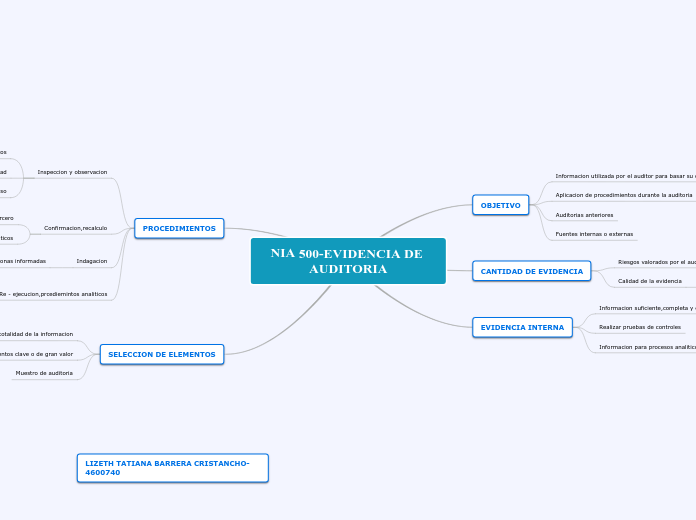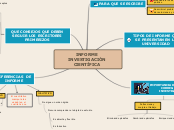Referencias Bibliografía
Learn more about hurricanes and tornadoes, the areas of the world they affect, how they are formed and when, and what you can do to survive such an extreme storm.
Citación
Hurricanes that have been known throughout history
La comprensión es el segundo objetivo de la psicología se cumple cuando podemos explicar un suceso. Es decir, comprender por lo general significa que podemos determinar las causas de un comportamiento. Tomemos como ejemplo nuestra última pregunta ¿por qué? La investigación sobre la “apatía del espectador” ha mostrado que las personas a menudo no ayudan cuando se encuentran cerca otras personas que podrían ayudar (p. 7).
Muñoz, Reyes, Covarrubias y Osorio (1991) señalan que "la incorporación de la mujer al mercado del trabajo…es la acción explicativa más importante en la configuración modal de la familia chilena" (p. 29).
Diferencia
How do hurricanes form?
Watch the video then type in a short explanation of how the hurricanes are formed.
Type in the two official seasons from the Atlantic and Pacific.
-Ampliar un texto.
-Reforzar o aclarar una idea.
-Argumentar o referir a las fuentes en las que está fundamentado el trabajo.
-Remitir a otras secciones del texto.
-Iniciar una discusión.
-Dar una definición.
Hurricanes are the most violent, swirling storms on Earth, with winds that can go up to 259 kilometers per hour.
A hurricane's forming elements:
- Eye- the "hole" at the center of the storm where the winds are lighter and the skies are only partly cloudy
- Eye wall- the ring of thunderstorms that are swirling around the eye. This is where the winds are the strongest and rain the heaviest.
- Rain bands -that expand from the eye wall
Una cita es la idea que se extrae de un documento de manera textual o parafraseada que sirve de fundamento al trabajo de investigación
Referenciación
Ejemplos
Tornadoes that have been known throughout history
El Centro de Bellas Artes escenario para 12 estrellas de ópera. El San Juan Star, . 24.
Monjas, M.I. (2000). La Timidez en la Infancia y Adolencia. Madrid: Pirámide
Convocan a encuentro.(1999, abril 21). El Nuevo Día, p.134
Diferencias
Tornadoes are the most violent storms on Earth
Watch the video then type in a short explanation of how the tornadoes are formed.
Una cita es la mención a un texto, idea o frase ajena, envía al lector a la fuente de donde se sacó la información y está presente en la referencia bibliográfica. Las referencias a autores en el texto se deberán hacer de la siguiente forma: Nombre del autor, coma, año de publicación.
Objetivo
Which are the areas/countries of the world hit most frequently or severely by tornadoes? Choose from the options below or add your own.
North AmericaEuropeSouth AfricaPhilipppinesBangladeshNew ZealandSouth AmericaCanadaOther
-Define el objetivo general y los objetivos específicos.
-Describe el ámbito espacial donde ha de ejecutarse el -estudio o trabajo.
-Define el tiempo disponible.
-Detalla los requisitos de los técnicos que han de participar, como especialidades y tiempos mínimos que han de dedicar al estudio o trabajo.
-Detalla los resultados esperados y contenidos de los informes, entre otras cosas
Definición
Tornadoes are local storms of short duration (this ranges between 5 and 10 minutes) formed of winds that rotate at very high speeds, usually in a counter-clockwise direction.
A tornado's characteristics:
- Time of day: they usually occur in the afternoon (3 - 7 PM)
- Direction: usually from southwest to northeast
- Length of path: this is the distance it travels; the average is 4 miles, but it could also travel around 300 miles.
- Width of path: averages between 300 and 400 yards but tornadoes have cut paths a mile or more in width.
- Speed of travel: though speeds of 68 mph have been reported, the average speed is somewhere between 25 and 40 mph.
- Cloud: dark cumulonimbus (thunderstorm cloud) from which the funnel-shaped pendant extends to the ground.
- Precipitation: rain and hail before the tornado hits and heavy downpour to the side of the tornado's path.
- Sound: roaring, rushing noise.
La referencia es un número, un dato, que puede ser un nombre, que permitirá la posterior localización de una cosa u objeto cuando sea necesaria en cualquier ámbito, ya sea en una biblioteca para localizar los libros que los estudiantes solicitan o en el mundo postal









